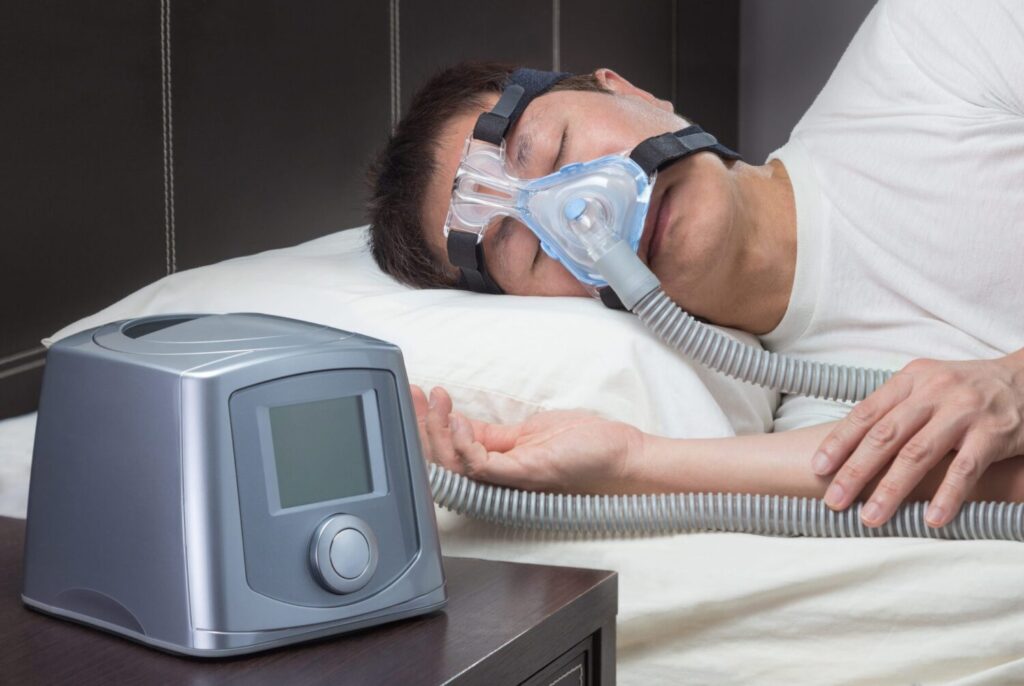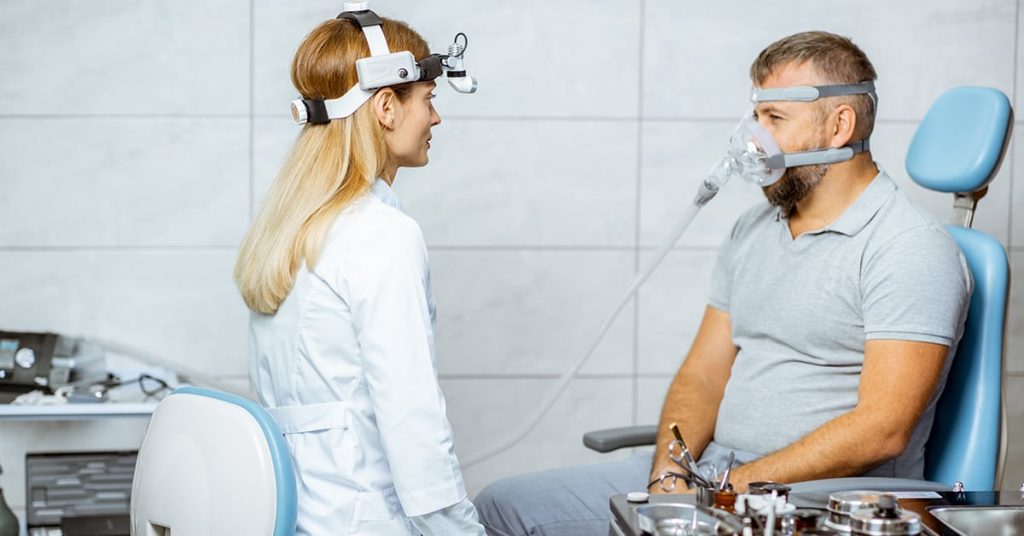Although using a CPAP machine may initially make it harder for you to fall asleep, there are a number of tips and methods you may try to help you go asleep and become used to your CPAP machine.
Practice Makes Perfect
Even though the majority of sleep apnea only occurs when you are sleeping, getting used to using CPAP machines and the different air pressure you will feel while wearing your mask can help you fall asleep more quickly (as the name fairly strongly indicates), click here to get more about using CPAP machine. Try wearing your mask for small periods of time while you’re relaxing, watching TV, or engaging in other passive activities. This may assist you in becoming used to the device’s feel and will highlight any adjustments that may be necessary for utmost comfort. If you attempt to do all of this while trying to go asleep, not only will it be challenging for you to do so, but you could educate your body to reject falling asleep while wearing a mask.
Even if your CPAP machine specialist will have already adjusted the pressure on the device, you may still modify the tightness of your mask, the quantity of humidity in the air (if our machine includes a humidifier), and other settings to improve the experience.

Prepare your bedroom
Your sleeping environment has a big impact on your ability to fall asleep. A restful night’s sleep depends on having a cozy resting space in your bedroom and on your bed.
All during the night, your bedroom should be calm, dark, and cozy. Investing in some block-out curtains or a nice eye mask (as long as donning one doesn’t make you feel claustrophobic) can assist if your room isn’t dark. Similar to this, if your bedroom is noisy or you have problems getting used to the sound of your CPAP machine, excellent earplugs could be useful.
It is more difficult to keep your room cool, but you may be able to do it by employing fans, heaters, and other comparable appliances.
Your bed and pillows have a critical role in the quality of your sleep as well as how quickly you can nod off. A sturdy and comfy mattress is essential, as is a pillow that supports your head and neck. If you wish to sleep on your side, there are pillows available that are specifically designed to handle CPAP machines with comfort.
If you prefer to sleep on your back, you may lift your head to an inclined position with an adjustable base bed. Sleeping on an incline may help with mild sleep apnea symptoms by easing some of the pressure on your airways, and it could even make it possible for you to utilize a lower CPAP machine pressure.
Create a sleep schedule
To improve the quantity and quality of their sleep, a person may adopt a range of habits. While many of us follow regular daily routines, such as getting up and going to bed at the same times every day, this isn’t necessarily the best approach. Although going to bed when you are fatigued is better than just going to bed at the same time every day, the best way to create a regular sleep pattern is to wake up at the same time every day.
Every one of us has gone to bed when we weren’t tired and sat there for what seemed like an eternity looking at the ceiling until falling asleep more out of boredom than tiredness.
Going to bed when you’re not weary or doing anything in bed other sleeping or having sex, like reading or watching TV, may quietly educate your brain to associate your bed with things other than sleep, which will make it harder for you to fall asleep.
It may be challenging to fall asleep if you use a best cpap machine and go to bed when you are not completely weary, especially if you are new to using one. This is especially true if you are using one for the first time.
As a general rule, if you can’t fall asleep in around 20 minutes after going to bed, it’s advisable to move to another room and do something peaceful, like reading a book, until you feel tired again before coming back to bed.

Change your sleeping position
Since the position in which you sleep may affect how severe your sleep apnea symptoms are, adjusting your sleeping posture may help you nod off more quickly. If you often sleep on your back, changing your posture can allow your CPAP machine specialist to lower the pressure of your machine, making it easier and more comfortable to use. Compared to side or stomach sleepers, back sleepers often have more severe sleep apnea symptoms.
Since altering your sleeping posture isn’t always easy, it can be essential to utilize some mechanical aid, such a “bumper belt,” to encourage you to adopt the new sleeping position. Inflation-filled bumpers are housed in chambers on these belts to keep you from rolling over onto your back. They may be fastened around the waist or the chest. If you sew a tennis ball into the back of a sleep shirt or pair of pajamas, you can get the same look without spending money on a belt.
Whether you want to sleep on your back or have a health issue that makes it uncomfortable for you to do so, an adjustable base bed may allow you elevate your head and sleep on an inclined surface. Your airways will be less stressed as a result.
Wind down before bed
It’s important to reduce your activity level and consume less in the hours before bed. You may find a compromise between avoiding going to bed on a full stomach and avoiding trying to sleep on an empty stomach by avoiding eating one to two hours before going to bed.
Try to spend a few hours resting before going to bed by doing things like reading a book, watching TV, having a warm bath, practicing meditation, or other similar activities. It may be more difficult to fall asleep after engaging in stressful or highly stimulating activities because cortisol, a hormone that boosts alertness, is released.

